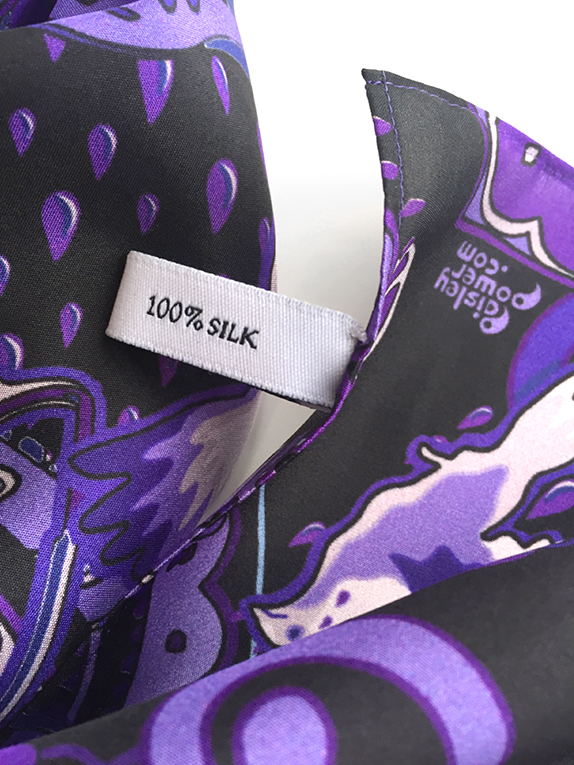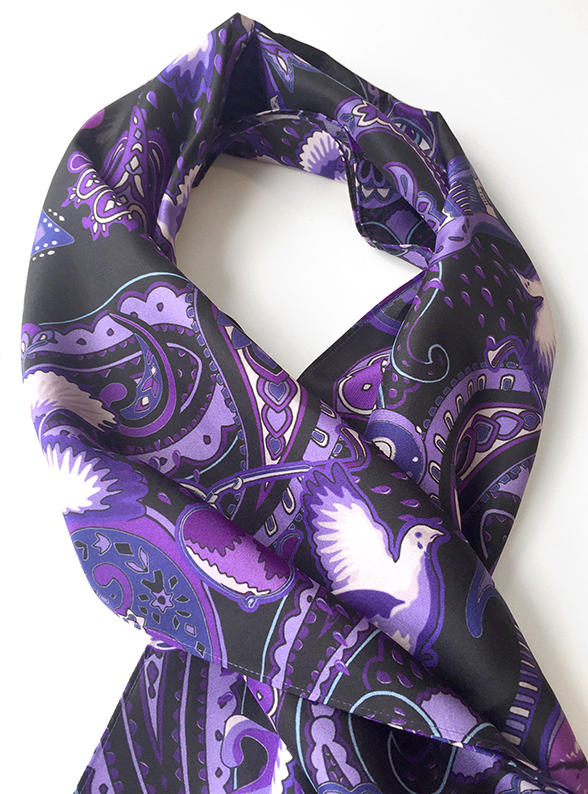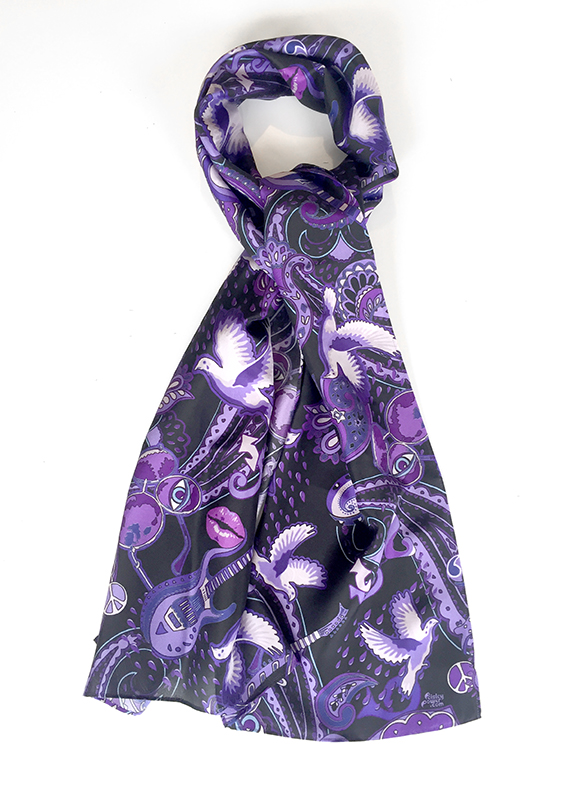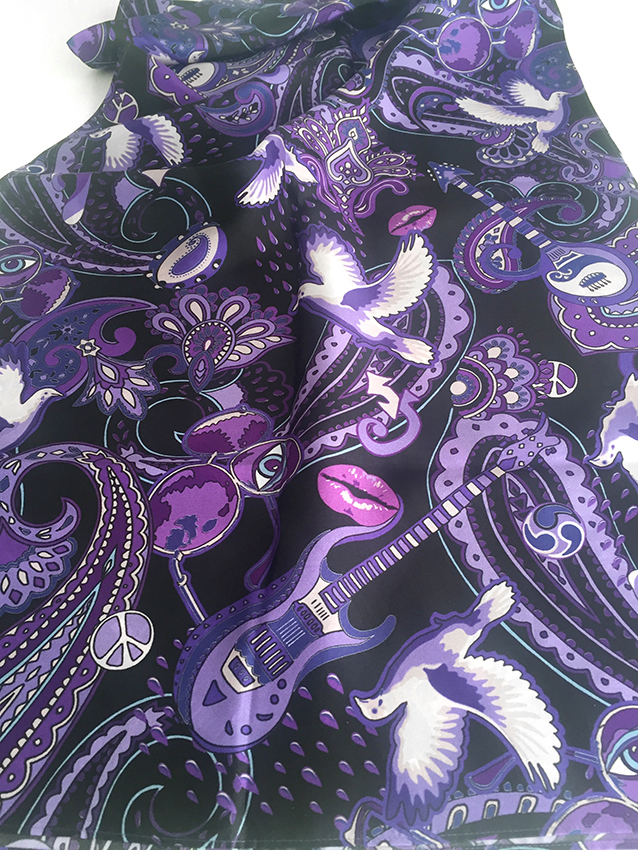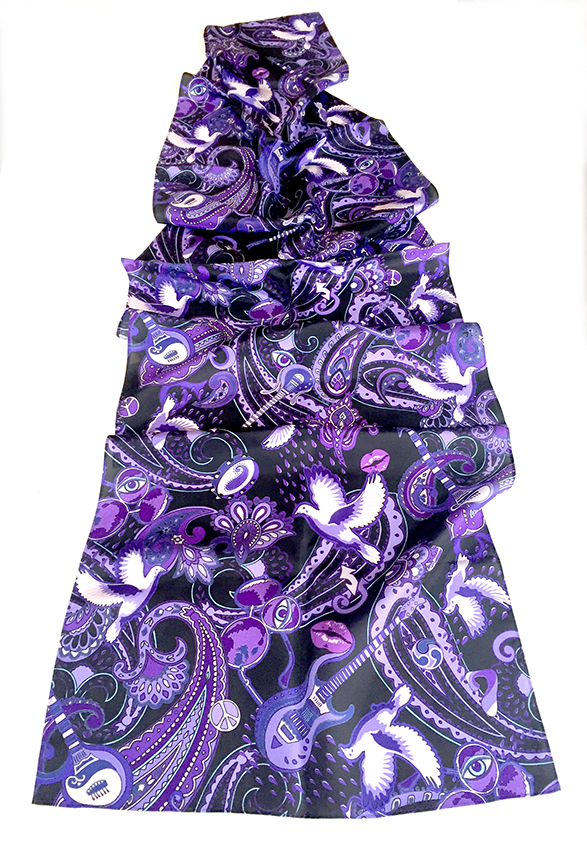
Patrick Moriarty
As the paisley pattern becomes ever more popular on the fashion scene, we look at a designer who has made a great impact specialising in paisley repeat pattern.
Designer Patrick Moriarty has studied and lectured in this ancient art form, so it’s no wonder that he has been selected to exhibit his contemporary paisley design paying tribute to the music artist Prince, in a major international exhibition to be held in Jerusalem this year.
We talk to Patrick Moriarty about the benefits of digital fabric printing in a world of paisley repeat patterns and how it’s won him awards and international acclaim.


